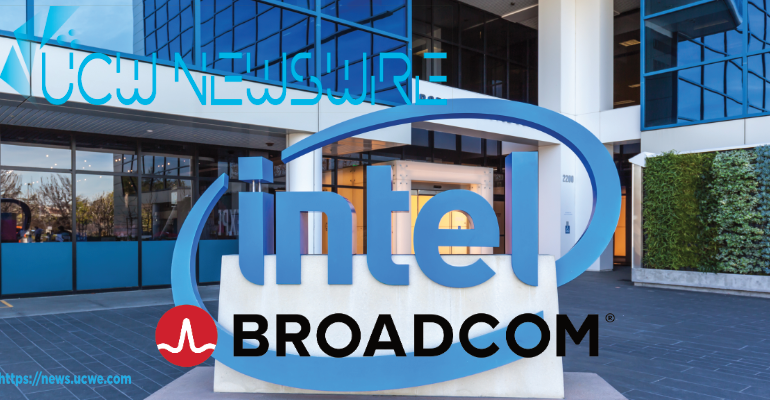Broadcom Eyes Intel’s Core, Leaving Foundry on the Sidelines
In a move that could reshape the semiconductor landscape, Broadcom is reportedly considering an acquisition of key parts of Intel’s chip design and marketing businesses, while leaving Intel’s foundry operations

In a move that could reshape the semiconductor landscape, Broadcom is reportedly considering an acquisition of key parts of Intel’s chip design and marketing businesses, while leaving Intel’s foundry operations for another buyer to handle. According to recent reports from the Wall Street Journal, the deal would allow Broadcom to leverage its existing expertise in chip design—an area where the company already excels—without disrupting its long-standing strategy of outsourcing manufacturing.
Broadcom, under the leadership of Hock Tan, has built its reputation on acquiring companies whose products are deeply embedded in enterprise IT systems. Past acquisitions like VMware and CA Technologies have demonstrated Broadcom’s knack for integrating firms with entrenched customer bases into its broader portfolio. Intel, with its dominant Xeon processor lineup and the widespread adoption of the x86 architecture, fits this mold perfectly. Many datacenters and enterprise tech stacks rely on Intel’s products, making any shift to an alternative solution not only challenging but potentially disruptive.
Beyond its hardware prowess, Intel offers a lucrative revenue stream through its innovative “Intel on Demand” program. Introduced in 2022, this initiative, often touted as “software-defined silicon”, allows customers to activate advanced features like software guard extensions or RAID capabilities via one-off fees or consumption-based pricing. This recurring revenue model, reminiscent of HPE’s GreenLake IT-as-a-service offering, represents a strategic asset that Broadcom could capitalize on if it secures a stake in Intel’s chip design and marketing businesses.
According to sources familiar with the discussions, Broadcom’s potential acquisition is contingent on another party taking over Intel’s foundry operations—a logical stipulation, given that Broadcom has thrived by focusing on chip design while outsourcing manufacturing. This approach not only mitigates risk but also allows Broadcom to continue operating within its proven business model.
The implications of such a deal are significant. An acquisition of Intel’s core chip design and marketing divisions would not only expand Broadcom’s presence in the enterprise IT market but also solidify its position as a leader in the semiconductor industry. With Intel’s products deeply interwoven into global datacenters and IT infrastructures, the combined entity would possess unparalleled market penetration and recurring revenue streams, positioning it to weather future industry disruptions.
As this potential deal unfolds, the market will be watching closely. Investors are keen to see how Broadcom’s strategy might mirror its previous acquisitions, leveraging strong, entrenched brands to drive long-term growth. With the possibility of harnessing both the robust hardware ecosystem and innovative subscription revenue from Intel’s “on demand” model, Broadcom could well set a new benchmark for how strategic acquisitions can redefine value in the high-stakes world of semiconductor technology.
For now, details remain sparse, but the strategic intent is clear: Broadcom is ready to seize Intel’s core, leaving the foundry business to other players, and in doing so, potentially reshape the future of enterprise chip design and digital infrastructure.
Richard Wells
UCW Newswire

